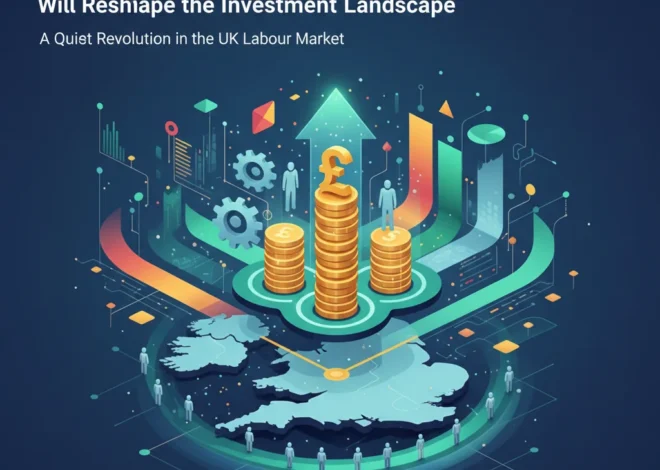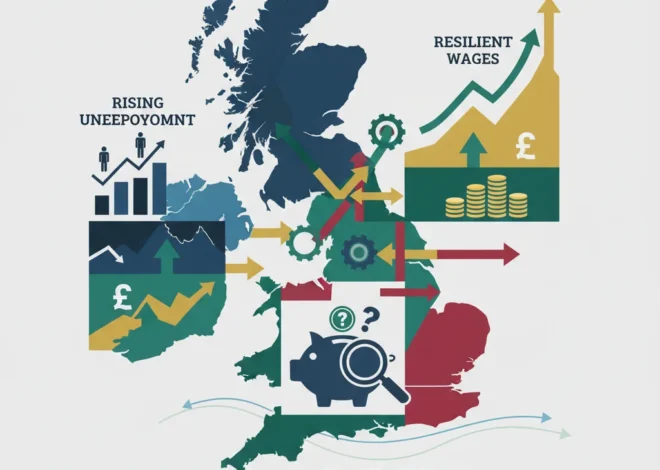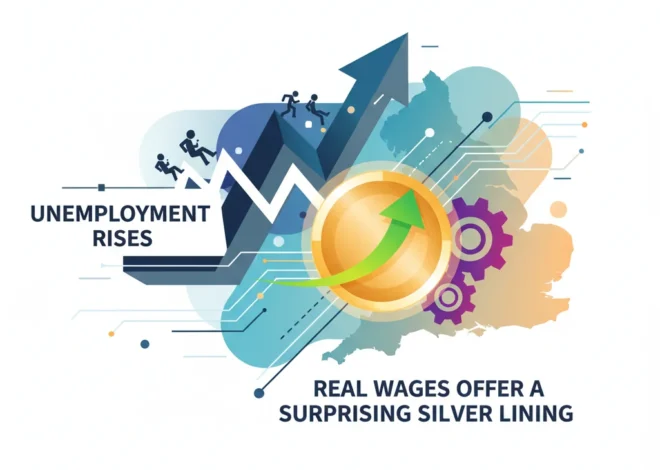
Gigaclear’s Billion-Pound Crossroads: Inside the High-Stakes Sale of a UK Fibre Giant
In the global race for digital supremacy, the fibre optic cables buried beneath our streets are the indispensable arteries of the modern economy. For years, the United Kingdom has been a hotbed of investment in this critical infrastructure, with a “gold rush” mentality fueling the rise of alternative network providers—or “alt-nets”—chipping away at the dominance of established players. At the forefront of this charge was Gigaclear, a company with a mission to connect rural Britain to the future. Today, however, that mission has collided with a harsh financial reality. Saddled with a debt pile exceeding £1 billion, Gigaclear is now on the block, its investors and creditors seeking a buyer in a market that has turned decidedly colder. This isn’t just a story about one company; it’s a cautionary tale about ambition, debt, and the shifting tectonics of infrastructure investing in a new economic era.
The Fibre Gold Rush: A Dream Built on Cheap Money
To understand Gigaclear’s current predicament, we must rewind to the not-so-distant past. For the better part of a decade, the global economy was defined by historically low, and even near-zero, interest rates. For investors, this meant cheap capital was abundant, and the hunt for yield drove them towards asset classes that promised stable, long-term returns. Infrastructure, particularly digital infrastructure, became a darling of the investment world.
The UK government, eager to achieve its goal of nationwide gigabit-capable broadband, created a fertile ground for companies like Gigaclear. These alt-nets promised to go where the incumbent, BT’s Openreach, was often slower to venture: underserved rural and semi-rural communities. The business model was straightforward, if capital-intensive:
- Raise vast sums of money from private equity, infrastructure funds, and banks.
- Spend that capital (CapEx) on digging trenches and laying thousands of miles of fibre optic cable.
- Sign up customers and generate long-term, predictable revenue streams.
- Eventually, sell the mature network to a larger player or a pension fund for a handsome profit.
This model thrived in the low-interest-rate environment. The cost of borrowing was minimal, and the economics of long-term projects with delayed profitability made sense. The world of finance, from private equity to institutional banking, poured billions into the UK fibre space, creating a frenetic race to build. Gigaclear, backed by Infracapital, the infrastructure arm of M&G, was a prime example of this strategy in action, successfully connecting hundreds of thousands of homes.
The Louvre Principle: What a Low-Tech Art Heist Teaches Modern Finance About High-Tech Risk
The Great Unraveling: When Interest Rates Change the Game
The landscape today is dramatically different. Central banks, led by the Bank of England, have aggressively hiked interest rates to combat inflation. This single macroeconomic shift has sent shockwaves through the infrastructure sector, fundamentally altering the financial calculus for companies built on leverage.
For Gigaclear, this new reality is stark. Its £1 billion debt, once a tool for growth, has become a heavy anchor. The cost of servicing that debt has soared, squeezing cash flow that would otherwise be reinvested into network expansion. Projects that looked profitable when money was cheap suddenly appear marginal or even unviable. This is a classic challenge in economics, where the net present value of future cash flows is heavily discounted by a higher rate, making long-term investments less attractive.
The key players involved are now at a critical decision point. Let’s look at the stakeholders around the table:
| Stakeholder | Role & Motivation |
|---|---|
| Infracapital (M&G) | Majority owner (private equity/infrastructure fund). Their goal is to maximize the return on their investment. After a long holding period, the rising cost of debt and a consolidating market make an exit a logical next step. |
| NatWest & Lloyds | Major creditors (banking). As lenders, their primary concern is the security of their loans. They want to ensure the company remains a going concern capable of servicing its debt, and a sale to a well-capitalized owner would provide that stability. |
| National Wealth Fund (Kuwait) | Co-investor/creditor. Sovereign wealth funds seek stable, long-term returns. Their involvement highlights the global appeal of UK infrastructure, but they too will be reassessing the risk/reward profile in the current climate. |
This situation underscores a broader trend in finance and investing: the end of an era where high-growth, cash-burning business models could be sustained indefinitely by cheap debt. The market now demands a clearer, faster path to profitability.
The Path Forward: A High-Stakes Game of Telecom Chess
With Gigaclear officially on the market, the question becomes: who will buy it? The sale process, reportedly being handled by bankers at Lazard (source), will attract several types of potential suitors.
- Strategic Acquirers: These are other telecom operators. A competitor might see an opportunity to acquire a significant network footprint and customer base at a discount, removing a rival and achieving economies of scale overnight. Think larger alt-nets or even international telecom firms looking for a UK foothold. The impact on the stock market for any publicly listed suitor would be significant.
- Financial Acquirers: This includes other infrastructure funds or private equity firms with a different risk profile or a longer investment horizon. A fund with less leverage and a “buy-and-hold” strategy might be able to weather the current storm and unlock value over the next decade.
- A Merger of Equals: It’s also possible that Gigaclear could merge with another similarly sized alt-net, creating a single, more robust entity with a larger scale to compete more effectively and rationalize costs.
The final price will be a delicate negotiation, balancing the value of the physical network—hundreds of thousands of homes passed—against the burden of its massive debt. This is where the intricacies of corporate finance and valuation come to the fore, as analysts model future cash flows, subscriber growth, and potential synergies.
The Grandmaster's Gambit: What Chess Teaches Us About Modern Investing
The Bigger Picture: A New Blueprint for Infrastructure Investing?
The Gigaclear story is a microcosm of a global shift in how we finance the future. The grand projects that will define the 21st century—from green energy grids to digital highways—require colossal sums of capital. The old model of leveraging up with cheap debt is now facing its limits.
This has led to a fascinating conversation within the financial technology (fintech) and investing communities about new models. While not directly at play in the Gigaclear deal, the industry is exploring innovations. We’re seeing the rise of specialized fintech platforms that streamline project financing and risk management for infrastructure. Some forward-thinking discussions even touch on how asset tokenization, powered by blockchain technology, could one day fractionalize ownership of large infrastructure assets, making them accessible to a wider pool of investors. These financial technology solutions aim to bring more liquidity and transparency to a traditionally opaque and slow-moving sector.
While the immediate future for Gigaclear will be decided in a traditional M&A process, its journey serves as a powerful data point for the global banking and investment community. The key takeaway is that the underlying quality of an asset is not enough; the capital structure and its resilience to economic shocks are paramount.
Beyond the Iceberg: What the Titanic Teaches Us About Modern Investing and Fintech
Ultimately, the sale of Gigaclear will mark the end of one chapter and the beginning of another for the UK’s digital infrastructure. It represents a painful but necessary market correction, moving from a phase of speculative, debt-fueled expansion to one of strategic consolidation and a renewed focus on sustainable profitability. For the investors, financiers, and business leaders watching, it is a masterclass in the enduring principles of economics: capital is never truly free, and risk, eventually, always comes home to roost.


